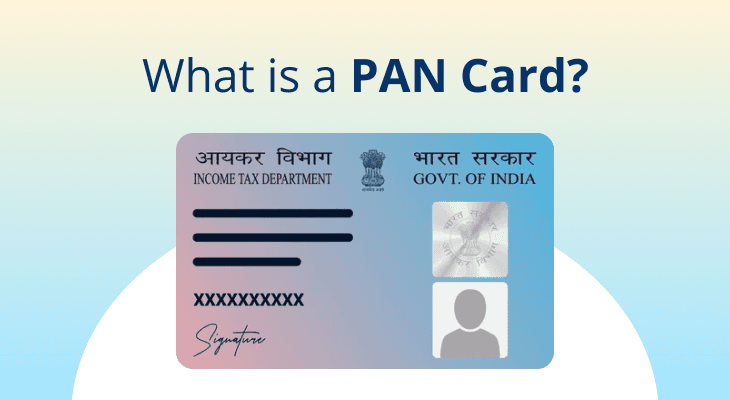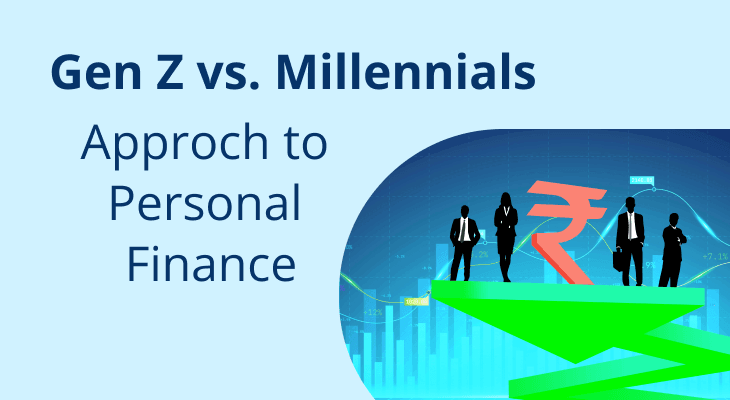
What Is A Voluntary Retirement Scheme?
Introduction To Voluntary Retirement Scheme
Retirement is no longer about advancing age or declining health; it is increasingly about choice. While the traditional retirement age in India is 60, many individuals today prefer to retire much earlier, sometimes even by 40. A Voluntary Retirement Scheme (VRS) is one of the many ways to make this possible. Under VRS, companies allow employees to retire early while offering them financial compensation and other benefits. For employers, it serves as an effective way to reduce workforce costs without resorting to layoffs. Because the arrangement is mutually beneficial, the VRS scheme is often referred to as the “golden handshake”.
Key Features Of Voluntary Retirement Scheme
Here are some highlights of the scheme:
- Voluntary nature: As the name suggests, opting for VRS is voluntary. Employees cannot be forced to accept it.
- Compensation and benefits: Employees opting for VRS receive a lump sum financial compensation, along with Provident Fund (PF), gratuity, and other applicable benefits.
- Eligible entities: The scheme can be offered by both private and government companies.
- Non-replaceable: Once an employee opts for VRS, the company cannot immediately hire another person to fill the same position.
- No re-employment: After opting for VRS, the employee cannot be re-employed by the same company, its subsidiaries, or any other company under the same management.
Objectives Of Voluntary Retirement Scheme
Eligibility Criteria For Voluntary Retirement Scheme
To be able to opt for VRS, employees must generally meet the following conditions:
- Age: At least 40 years old
- Service period: At least 10 years of continuous service
- Applicability: All employees except directors of companies or co-operative societies
Benefits Of Voluntary Retirement Scheme
VRS is a mutually beneficial arrangement between companies and employees: Here are some of its key advantages:
For employees
- Financial support: Employees receive a lump sum financial compensation along with other entitlements, giving them the much-needed support for a smooth transition and a stress-free retired life.
- Tax benefits: Compensation up to ₹5 lakh is tax-free under Section 10(10C) of the Income Tax Act, subject to certain conditions.
- Health benefits: Early retirement, especially from high-pressure or demanding jobs, often improves both physical and mental health.
- Freedom to pursue passions: Employees gain the flexibility to explore hobbies, start a business, or even switch to alternative careers.
For employers
- Cost reduction: VRS helps employers manage employee costs, especially when facing financial constraints or overstaffing.
- Workforce optimisation: VRS helps companies restructure their workforce and make way for younger talent and fresher perspectives.
- Cordial relationship: Layoffs often strain professional ties. VRS allows both parties to part ways on amicable terms.
- Fewer disputes: Since participation is voluntary, the chances of trade union or labour disputes are lower.
How Is VRS Compensation Calculated?
VRS compensation is typically calculated as the higher of the following two options:
- 45 days’ salary for each completed year of service, or
- Total monthly salary multiplied by the months remaining until the standard retirement age
Example:
Last drawn salary: ₹50,000
Completed service: 20 years
Years left until retirement: 5 years (60 months)
45 days’ salary for each year = ₹75,000 * 20 = ₹15,00,000
Monthly salary * remaining months = ₹50,000 * 60 = ₹30,00,000
Therefore, VRS compensation = ₹30,00,000
Conclusion
The VRS scheme benefits both employers and employees. While employers gain from reduced costs and workforce restructuring, employees receive financial support and the freedom to retire peacefully.
FAQ
What is the minimum age to take VRS?
The minimum age to take VRS is 40 years.
What are the advantages of VRS over layoffs?
Layoffs often put employees in a financially tight situation, leading to stress. In comparison, VRS offers financial benefits and allows employees to exit on their own terms.
Can an employee take VRS more than once?
Yes, employees can take VRS more than once. However, tax benefits under Section 10 (10 C) can be claimed only once.
Is VRS compensation taxable in India?
VRS compensation up to ₹5 lakh is tax-free, subject to certain conditions. Amounts exceeding this limit are taxable.
How many years of service are required to be eligible for VRS?
At least 10 years of service are required to be eligible for VRS.


